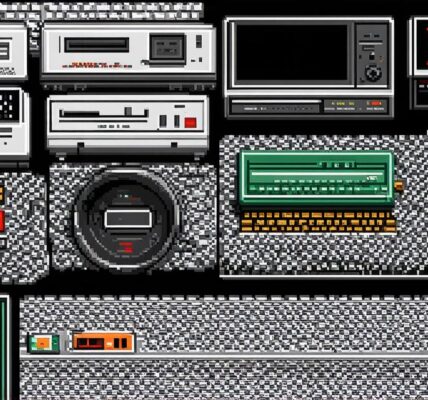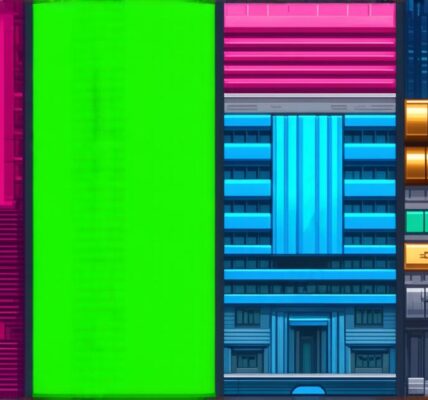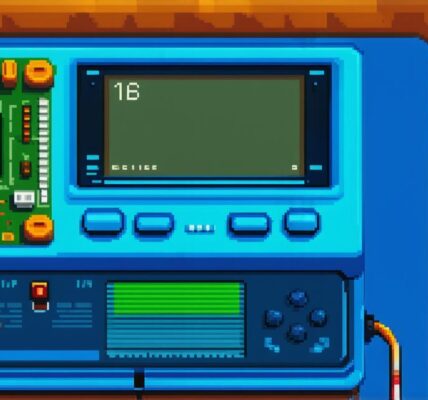The Creative Process
As a video game designer, your primary responsibility is to bring ideas to life through your work. This involves brainstorming new concepts, developing storylines, creating characters, and designing levels and environments that are both visually appealing and engaging for players.
To do this effectively, you will need to have a strong understanding of narrative structure, character development, and game mechanics.
One of the most important aspects of the creative process is collaboration. You will work closely with other members of the team, including writers, artists, and programmers, to ensure that your ideas are brought to life in a cohesive and polished manner. Effective communication and teamwork skills are essential for success in this field.
Responsibilities During Development
Once you have developed your initial concepts and worked with the team to create a solid foundation for your game, it’s time to move on to the development phase. During this stage, you will be responsible for overseeing the creation of various aspects of the game, including game mechanics, character models, level design, and more.
You will need to have a strong understanding of programming languages, such as C++ or C, in order to work with the development team to create the code that powers the game. You will also need to be familiar with various game engines, such as Unity or Unreal Engine, which provide a framework for building games.
In addition to technical skills, you will also need to have an eye for detail when it comes to level design and character models. This involves creating concept art, designing levels that are both visually appealing and engaging for players, and ensuring that the game mechanics are intuitive and easy to use.
Tools and Technologies
There are a wide range of tools and technologies that video game designers use to create engaging and interactive experiences. Some of the most common include:
- Game engines: As mentioned earlier, game engines provide a framework for building games. They include features such as level design tools, scripting capabilities, and support for various programming languages. Examples of popular game engines include Unity, Unreal Engine, and CryEngine.
- 3D modeling software: This is used to create characters, environments, and other assets that are used in the game. Popular tools include Maya, Blender, and 3ds Max.
- Scripting languages: These are used to write code for the game engine. Examples include C++, C, and Python.
- Collaboration software: This is used to facilitate communication and collaboration between members of the team. Popular tools include Slack, Trello, and Asana.
- Prototyping tools: These are used to quickly test and iterate on game mechanics and other features. Examples include Unreal Editor, Playmaker, and Stencyl.

The Importance of User Experience
One of the key principles of video game design is user experience (UX). This involves creating a game that is intuitive, easy to use, and enjoyable for players. To do this effectively, you will need to have an understanding of user-centered design principles and be able to apply them to your work.
This may involve conducting user research to understand how players interact with the game, designing interfaces that are easy to navigate, and testing the game thoroughly to identify and fix any issues that may arise. Effective UX design can help to create a more engaging and immersive experience for players, which can ultimately lead to increased player satisfaction and retention.
Case Studies: Real-Life Examples of Successful Video Game Design
One of the best ways to understand the duties of a video game designer is to look at real-life examples of successful games that have been designed by experienced professionals. Here are a few examples of games that have been praised for their design and user experience:
- …




